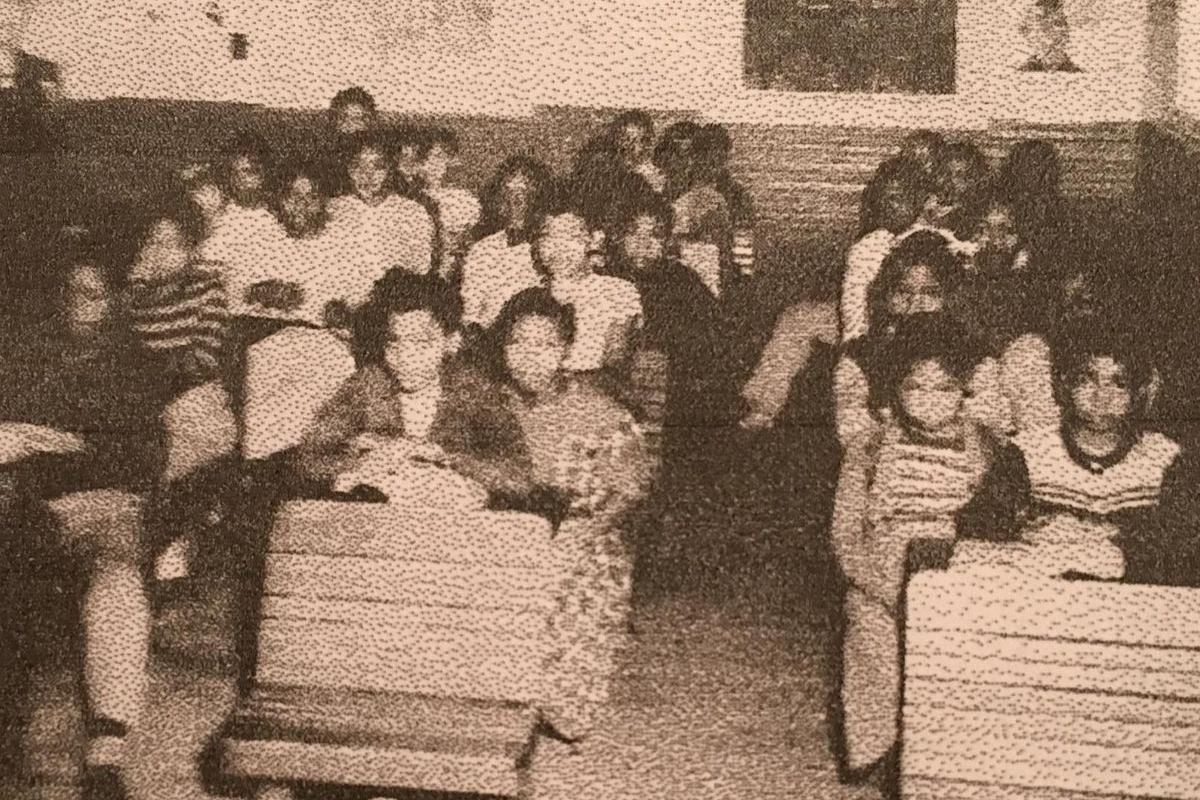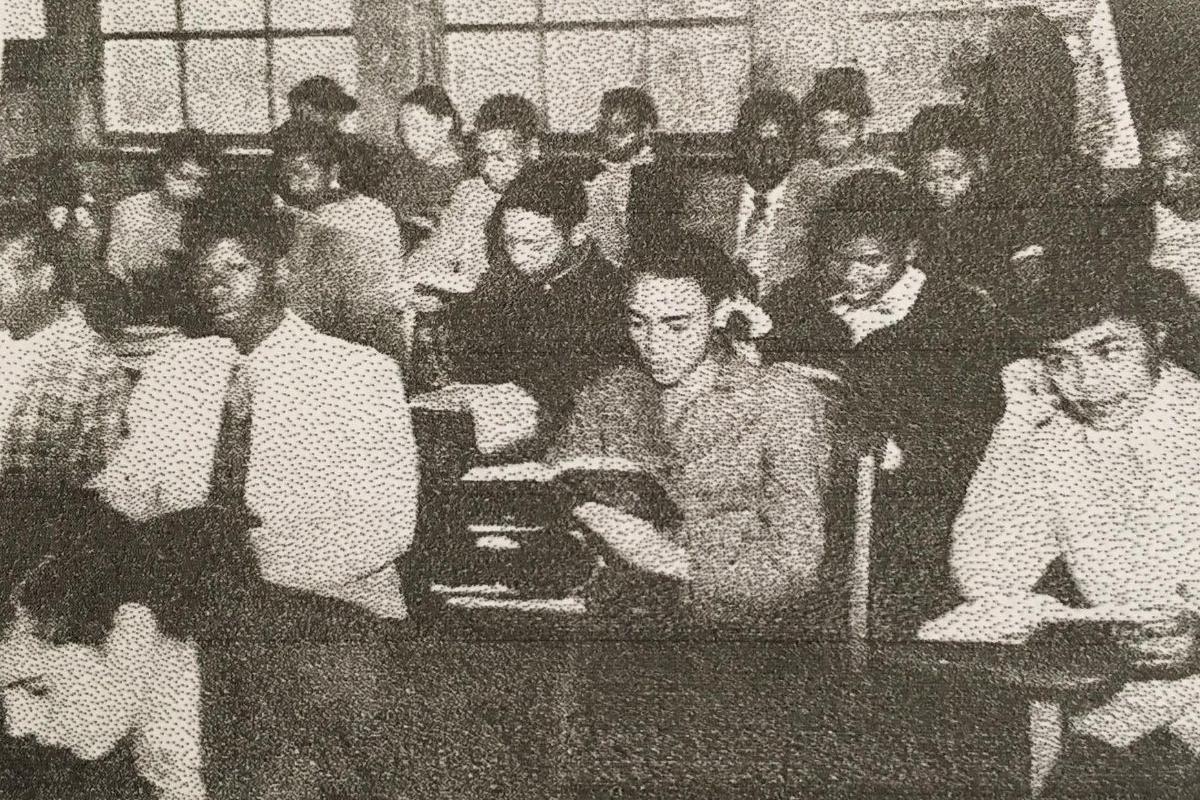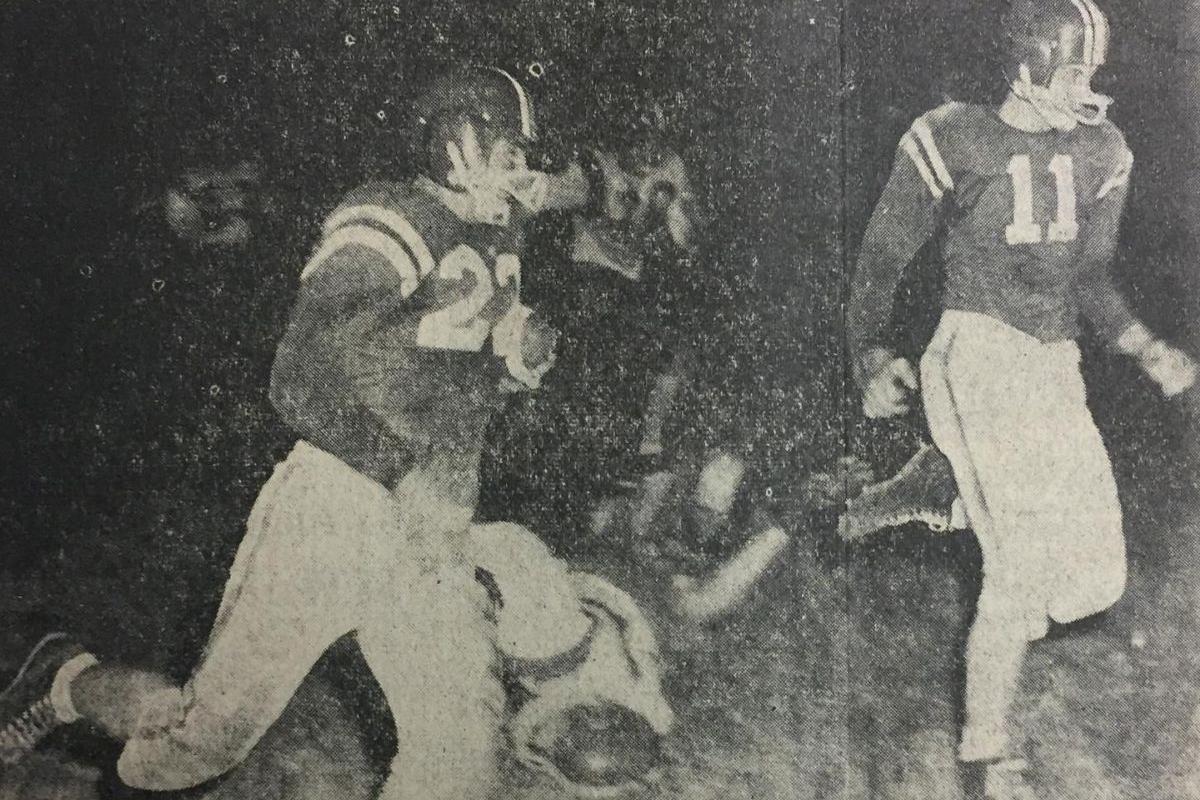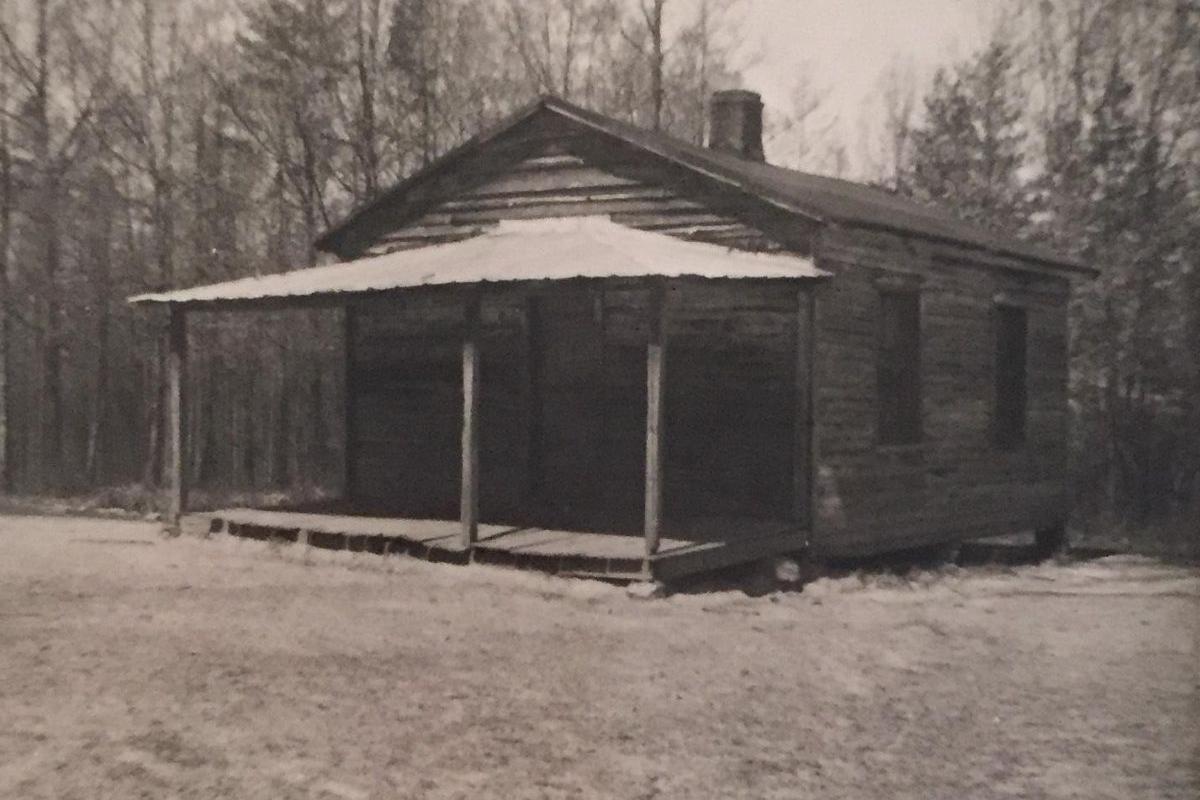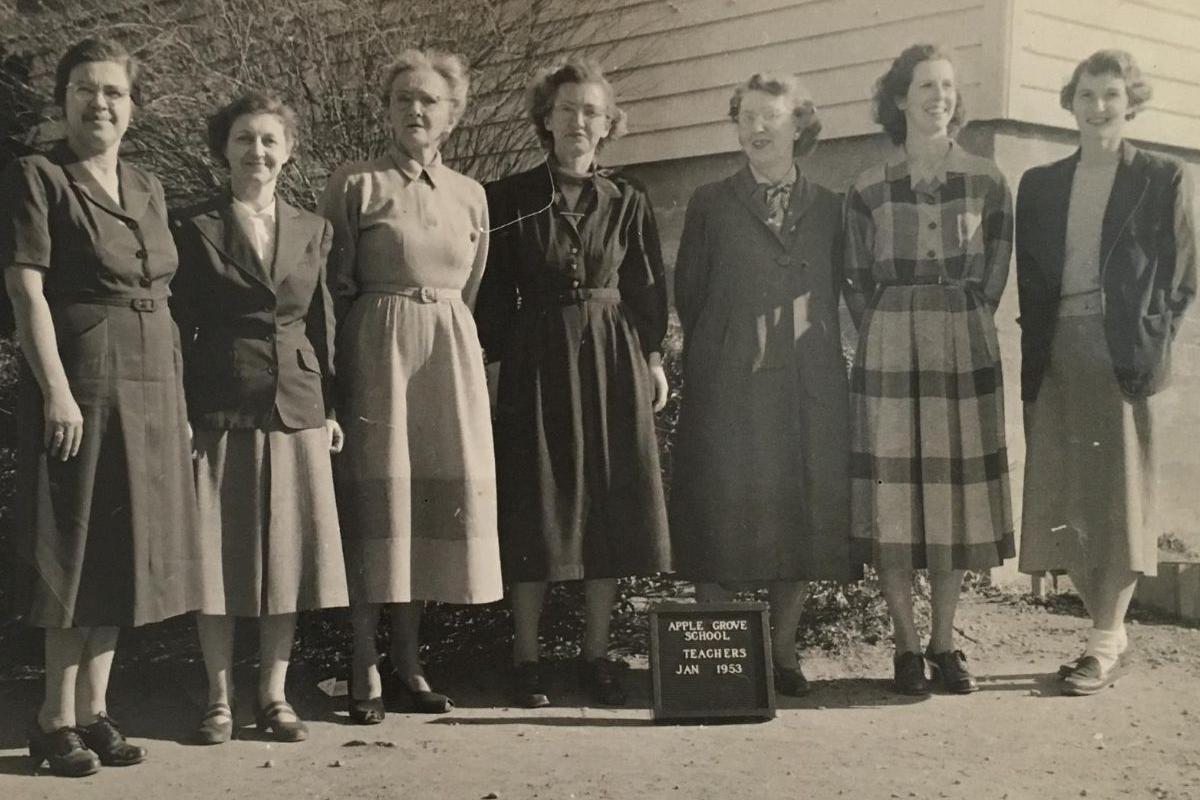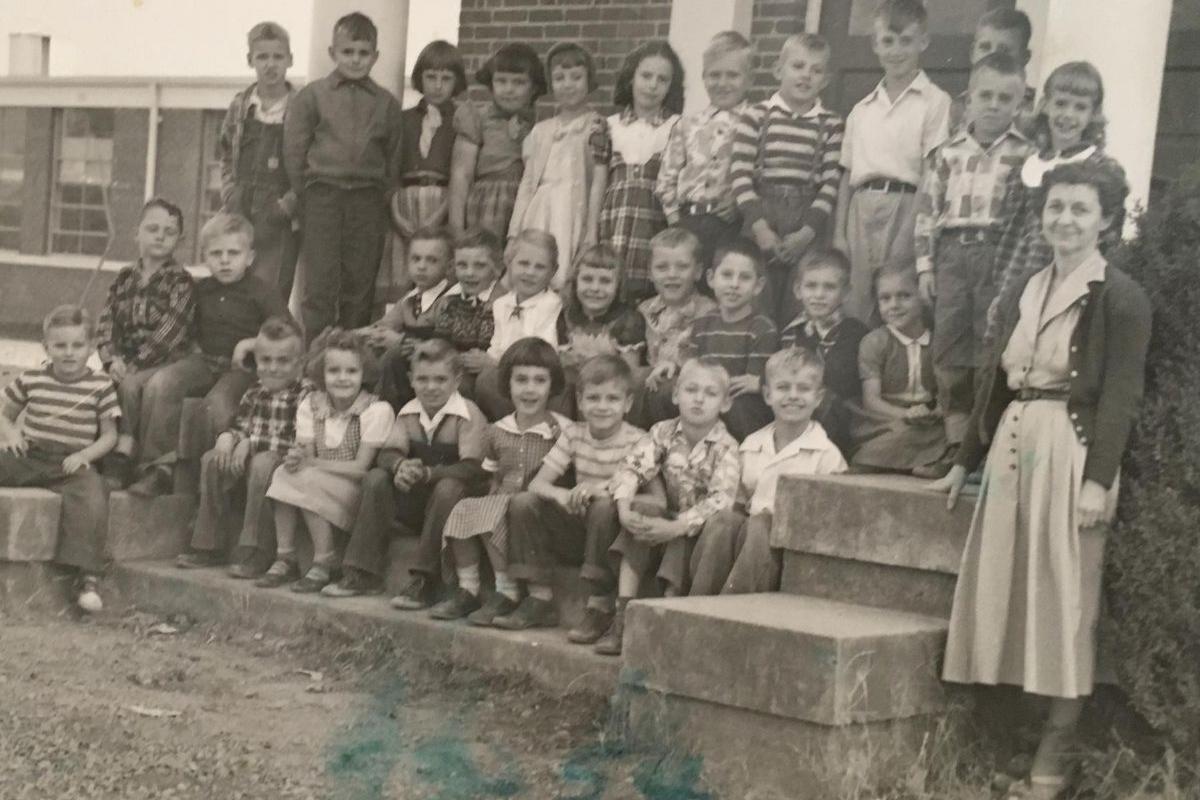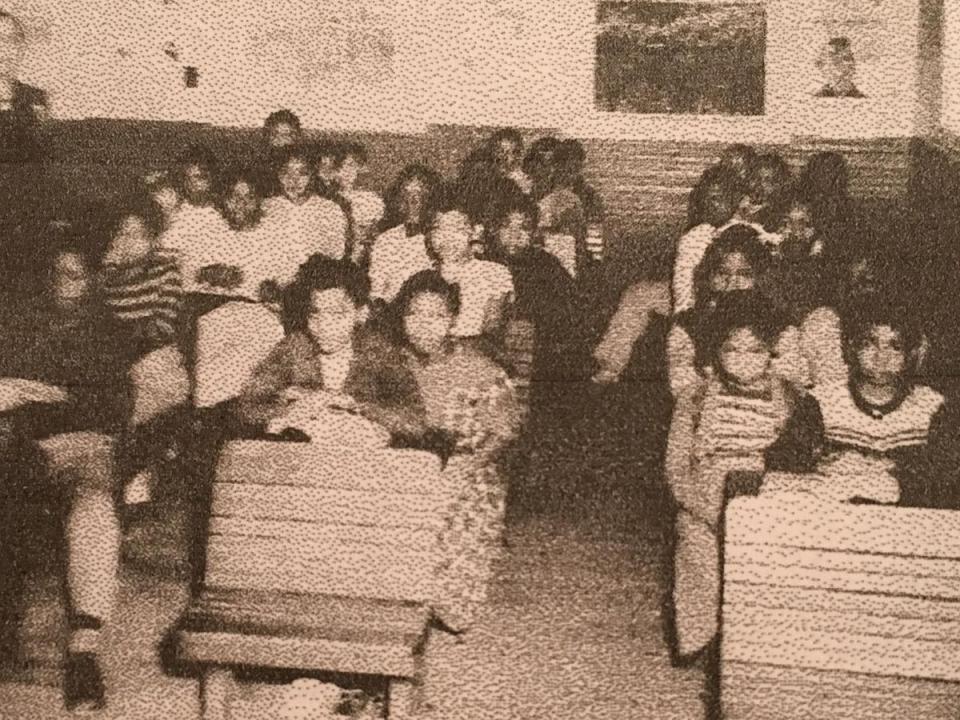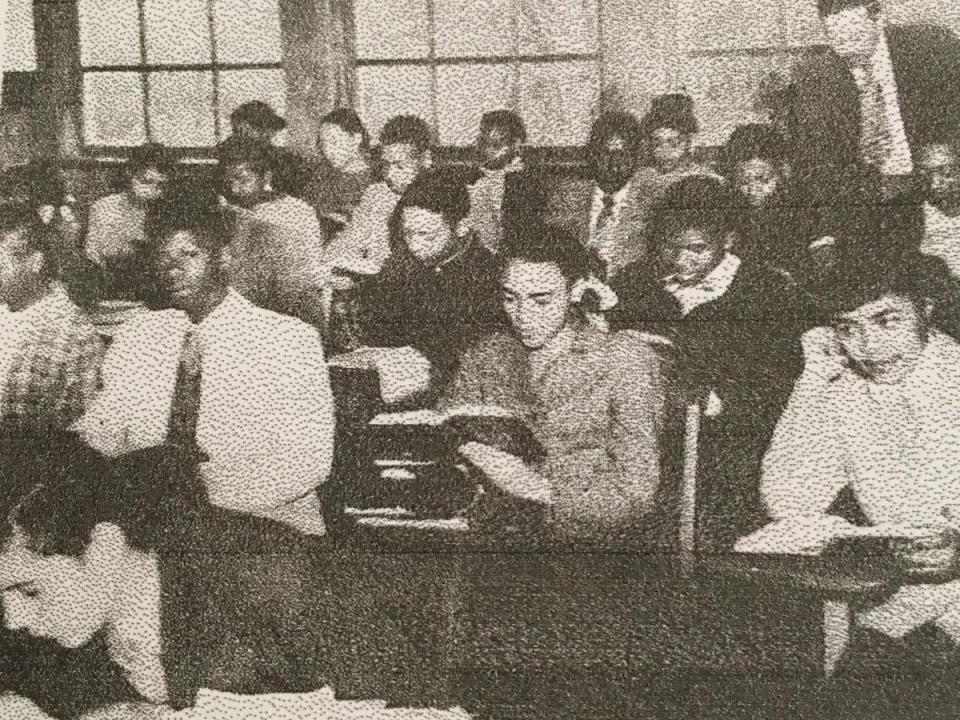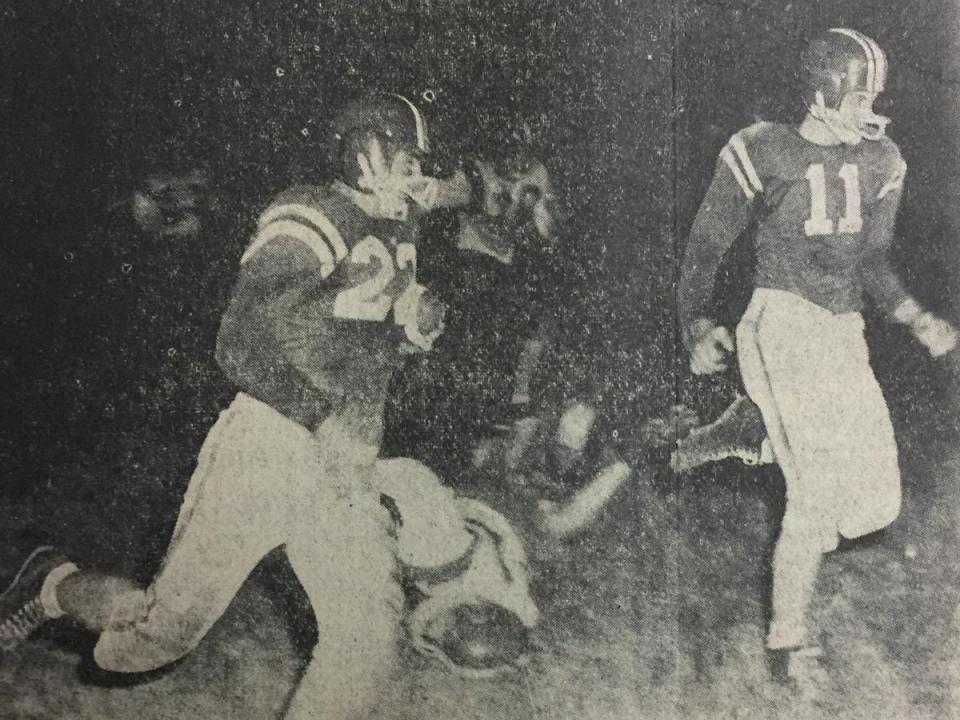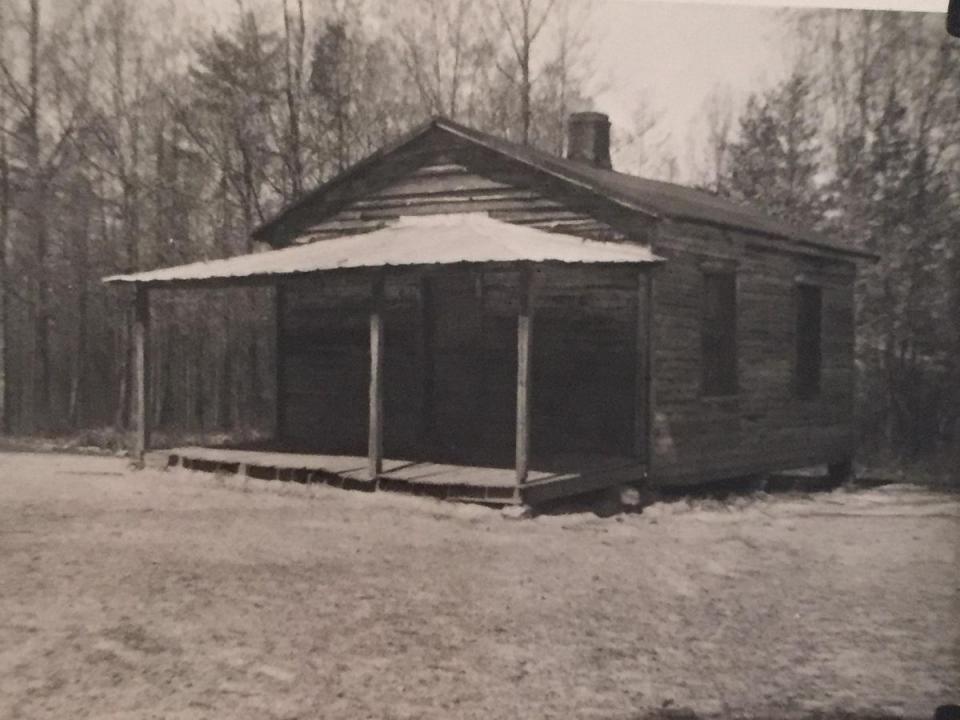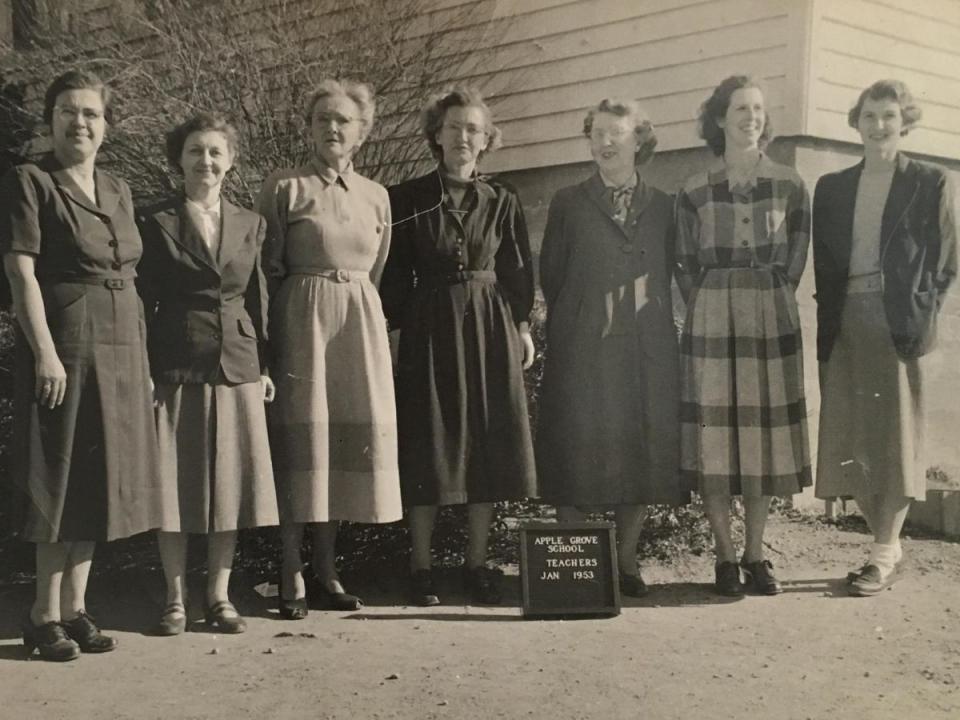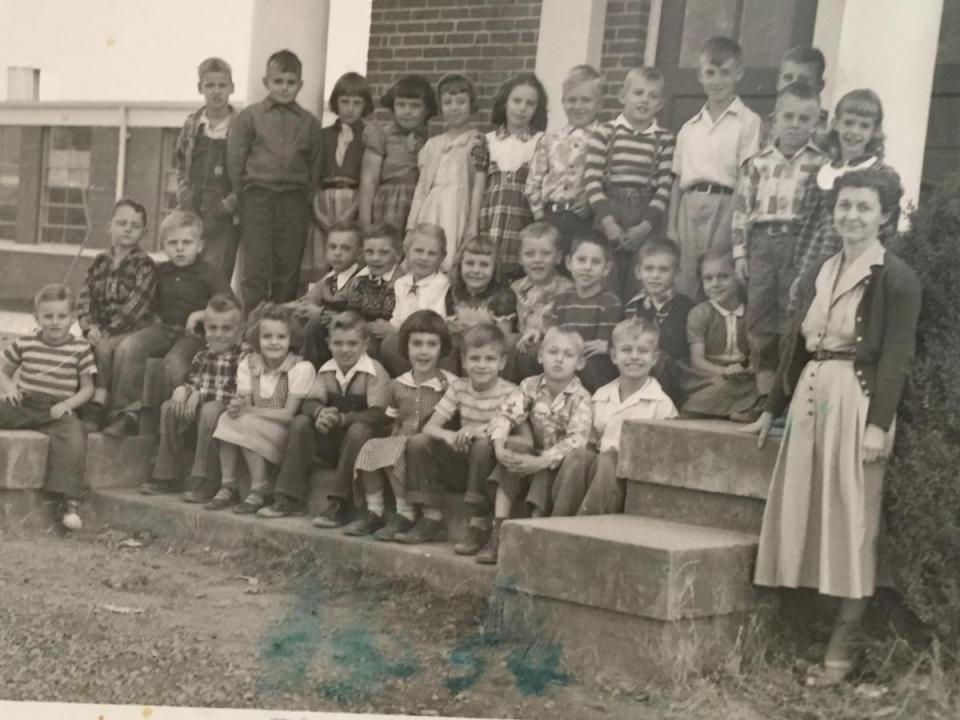History, Education in 1950s Louisa County
Education in Louisa County during the 1950s was much like that of other rural communities in the South. Like almost all public-school systems of the era, Louisa County followed the “separate but equal” doctrine by establishing separate schools for white and black students. There was a large disparity between the amount of money spent on white and black students, often requiring the black students to walk to school because a bus was not available or use second-hand supplies.
Like many schools in rural counties, both the white and black schools often consisted of a one or two-room building for the lower grades and a larger multi-room building for the upper grades. As the county built larger and more modern buildings for the white students, the old buildings were used as schools for the black students. In 1950, the median amount of years of schooling received by Louisa County residents was 6.3 years of schooling for white men and 5 years of schooling for black men and women (data not separated by sex).
In 1954 the Supreme Court passed Brown v. Topeka Board of Education, which ruled that the act of segregating public schools was unconstitutional. This decision was particularly threatening to southern states who had established a system of racial segregation and state-supported discrimination known as “Jim Crow” laws. In response to the federal government’s mandate to integrate the public school system, a Virginia congressman named Harry S. Byrd used the term “Massive Resistance” to describe how the state government did not agree with and would not desegregate.
Louisa County subscribed to the idea of “Massive Resistance” and many residents issued statements that were critical of integration. Parents of white children were permitted the choice to send their children to private schools as an alternative to attending integrated schools. In an attempt to maintain the previous system of “separate but equal,” throughout the 1950s Louisa County built and maintained schools that were exclusively for black students despite the federal laws prohibiting it.
Throughout the 1950s and 1960s, the federal government passed more laws in support of civil rights and equality including the Civil Rights Act of 1964 and the Elementary and Secondary Education Act. Louisa County public schools were not fully integrated until 1970.

